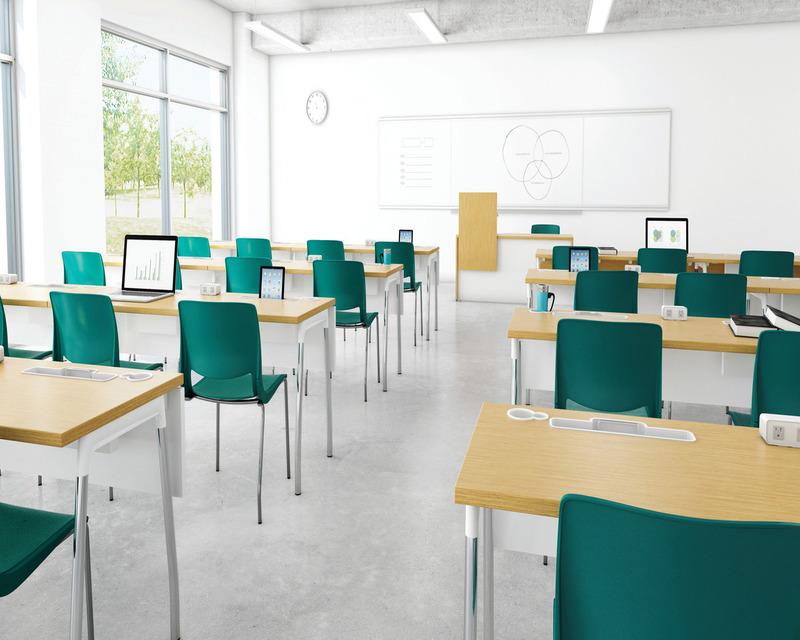Once considered the universal emblems of school, textbooks and assessments now constitute only a portion of what is perceived as education. If school was once aimed to achieve the sole parochial goal of delivering academic material to students, it is now increasingly viewed as an overarching body that addresses a number of issues surrounding its students, including their physical and mental well-being. Increasingly, educational bodies and schools around the world are integrating such curricula to fulfill a broader educational role: to focus not solely on the academics, but also on the social, emotional, and mental wellness of the students.
UNESCO, for instance, recently developed a “Strategy on Education for Health and Well-Being” that includes a number of educational priorities ranging from sexuality education, preventing gender-violence, and discouraging the use of harmful substances. Similarly, the Australian Curriculum, Assessment and Reporting Authority has established health and wellbeing standards that encompass both lessons on sexuality, identity, and emotional and mental health. Students in middle school, specifically, are given a holistic education that ensures that they can deal with relationship issues—such as with family or peers—as well as commonly arising concerns like stress and emotional instability.
This type of holistic wellness education has also been introduced to international schools in Korea. Calum Stuart, the head of the PE department at Seoul Foreign School (SFS), developed a wellness program that reserves 15 hours a year for each grade level and aims to prepare students with the knowledge and skills for a safe and healthy lifestyle. “We want students to be mainly informed by us,” said Stuart. “Without school guidance, students rely heavily on information from the internet, of which the majority is inaccurate or sends a dangerous message.” The health and wellness program at SFS provided to all grade levels ranging from kindergarten to grade 12 addresses a wide range of essential topics including nutrition, relationships, families, human diversity, cultural and gender identities, drugs and alcohol, social and emotional wellness, and comprehensive sexual education.
Another requisite of the SFS program is that the curriculum is conducted under solid guidelines that help build trust among students and the teachers. For example, the health and wellness sessions are restricted to two teachers: a counselor and a PE teacher, and all of the conversations that develop in the classroom are confidential. “The whole idea of accepting diversity is at the core of the program,” said Stuart. “Our curriculum is not about ticking boxes and making sure that they have the values that we believe; it’s about giving students correct information.”
As of now, SIS provides various resources and opportunities for students to learn about health and wellness. Puberty and physical health classes have been taught to fifth graders for years. In high school, a few units of the physical education curriculum are dedicated to lessons on drugs, alcohol, and physical health. Certain life science courses, like anatomy, provide the basics of sexual education at a biological or anatomical level. In terms of mental health and social or emotional wellness, school counselors always have their doors open for conferencing with students about any concerns including familial issues or stress.
Acting Head of School Michael Colaianni has an optimistic outlook in terms of health education at SIS. His primary concern is finding the appropriate teacher with sufficient expertise to teach health and wellness, as PE teachers or science teachers are not specifically equipped to teach a holistic wellness curriculum. “Health education should be a priority; it’s your life,” says Mr. Colaianni, discussing the various factors that would have to be considered to implement such a program. He goes on, however, to explain his full viewpoint. “So we would definitely like to find ways through which we can improve what we’re doing. I think it’s going to happen.”

